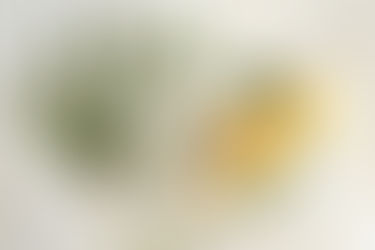Dispatch from Israel #1
- cgoussak

- Jun 5, 2023
- 3 min read
As many of you know, I am currently in Israel. Many have asked what I am doing in Israel, so I want to send a few dispatches to share a little information about the trip. The purpose of the trip was to visit Las Vegas’ partnership region in Israel. For the past several years we have engaged in a partnership with the Ramat Hanegev Region of Israel. The Ramat Hanegev Regional Council is the government organization that oversees fifteen small communities in the Negev. Geographically it makes up twenty-two percent of the land of Israel, but demographically there are only seventy-five hundred people that live within the area. The villages, kibbutzim and small development towns that make up Ramat Hanegev are just south of Beer Sheva and extend all the way to the Egyptian Border. I am here with Rabbis Goodman, Akselrad, and Cohen and a couple of lay people. We are all staying at a town called Midreshet Ben Gurion. It is where Ben Gurion and his wife are buried about four kilometers from Kibbutz Sde Boker where they lived out the last years of their lives.

Today, Monday, was the first day of the tour of the area. We started with a visit to the Regional Council offices where we met with the Mayor of the Ramat Hanegev and got to hear about the history of the area and some of the plans for the future development of the region. We learned that they have just started building their first public high school for the region. Until now the only options for high school were travelling over an hour by bus to the closest public high school or attending one of the private boarding schools in the region that are often quite expensive. They finally have enough students to merit building a high school. The picture below may not seem very inviting, but it represents years of pushing for, and planning for their own high school. The plans are to create the most innovate high school in the whole State.

The high school will be on the Regional Council campus which already houses two of the elementary schools, the community center, the medical clinics, the therapy center and in a couple of months, they will open their new Young Adult center for eighteen to forty year-olds. The center is vital to bringing and keeping young adults and giving them places to meet and socialize.

The next stop was one that may look familiar to some. It is one of three solar fields that Israel is in the process of building. There are three types of solar fields that one can build today. Israel debated for a long time about which would be the best type to build in Israel. In the end they decided to build one of each type. The one pictured below is almost identical to the one you see as you travel just south of the Nevada border on the way to California. It is made of fifty-one thousand mirrors all connected via WiFi and pointing to the center tower mirror to heat up water inside which creates steam that is forced down the tower to create the electric energy. Together with the other two fields, they produce three percent of Israel’s electricity.


After visiting the solar field, we travelled to the experimental green houses where farmers can come to learn what crops grow best in the desert and how to grow them. Farmers come not just from the area to the experimental green houses but from all over the world. Below are pictures of some of the experiments now finishing up. One of the most interesting things I learned about are the genetically modified bees that help pollinate the crops in the green houses. They have no stingers! They also do not produce any honey.
Later in the day we made the sacrifice to visit a local winery that is the model of eco-tourism in the area. Besides growing and making their own wine, they have six cabins they rent out which are fully booked six to eight months of the year. We got to learn about the wines and even taste a few.
We ended the day back at Midreshet Ben Gurion with a visit to his grave. He is buried overlooking the Tzin Desert.






















Comments